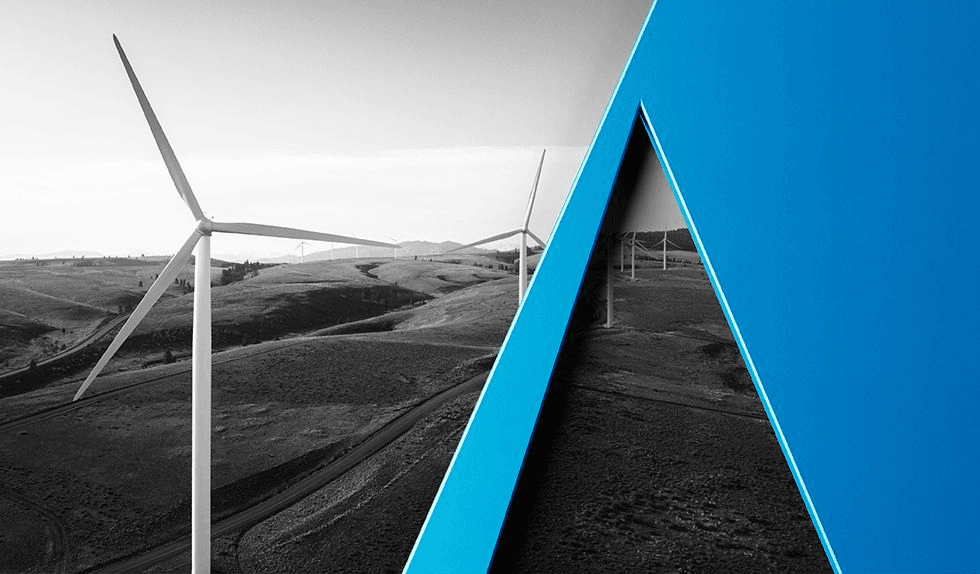Section 203(a)(1)(B) currently provides that “[n]o public utility [subject to FERC jurisdiction] shall, without first having secured an order of the Commission authorizing it to do so . . . merge or consolidate, directly or indirectly, such facilities or any part thereof with those of any other person, by any means whatsoever,”3 where “such facilities” means “its facilities subject to the jurisdiction of the Commission.”4 That provision, as FERC has interpreted it, does not include any value threshold.5
The PARs Act would amend Section 203(a)(1)(B) by striking “such facilities or any part thereof” and inserting “such facilities, or any part thereof, of a value in excess of $10,000,000,” adding a value threshold of $10 million for “merge or consolidate” transactions equal to the $10 million value threshold already applicable under other parts of Section 203. The bill also would require FERC to promulgate regulations, within 180 days of enactment, requiring a public utility subject to Section 203(a)(1) to notify FERC within 30 days of the consummation of any “merge or consolidate” transaction involving jurisdictional facilities worth more than $1 million but less than $10 million.
In recent years, as we discussed here and here, several utility companies have faced FERC scrutiny for failing to obtain Section 203(a)(1)(B) authorization before consummating “merge or consolidate” transactions for low-value facilities. Adding a $10 million value threshold to Section 203(a)(1)(B) would reduce the number of transactions that require prior FERC authorization under that section, which should reduce burdens on the Commission and reduce burdens and regulatory risk for regulated entities. The new notification requirement would preserve some regulatory burden and risk associated with “merge or consolidate” transactions, but both should be relatively minimal compared to the status quo.
As Sen. Inhofe noted in a press release, “[b]y holding all energy transactions [subject to Section 203] to the same standard, we can empower FERC to operate more efficiently and eliminate burdensome requirements—saving consumers money.”6 Sen. Heinrich recognized the broader potential implications of the proposed change, noting that “[r]educing barriers for grid infrastructure investments will move us closer toward a more resilient, reliable, and secure electric grid.”7
The Subcommittee on Energy of the Senate Committee on Energy and Natural Resources will consider the PARs Act on October 3, 2017.
1 16 U.S.C. § 824b(a)(1)(B) (2012).
2 See Press Release, Inhofe, Heinrich Introduce Bill to Provide Parity to FERC Reviews (Sept. 27, 2017), https://www.inhofe.senate.gov/newsroom/press-releases/inhofe-heinrich-introduce-bill-to-provide-parity-to-ferc-reviews (“Inhofe Press Release”).
3 16 U.S.C. § 824b(a)(1)(B).
4 Id. § 824b(a)(1)(A).
5 See, e.g., Transactions Subject to FPA Section 203, Order No. 669, FERC Stats. & Regs. ¶ 31,200, at P 32 (2005), order on reh’g, Order No. 669-A, FERC Stats. & Regs. ¶ 31,214, order on reh’g, Order No. 669-B, FERC Stats & Regs. ¶ 31,225 (2006).
6 Inhofe Press Release.
7 Id.



